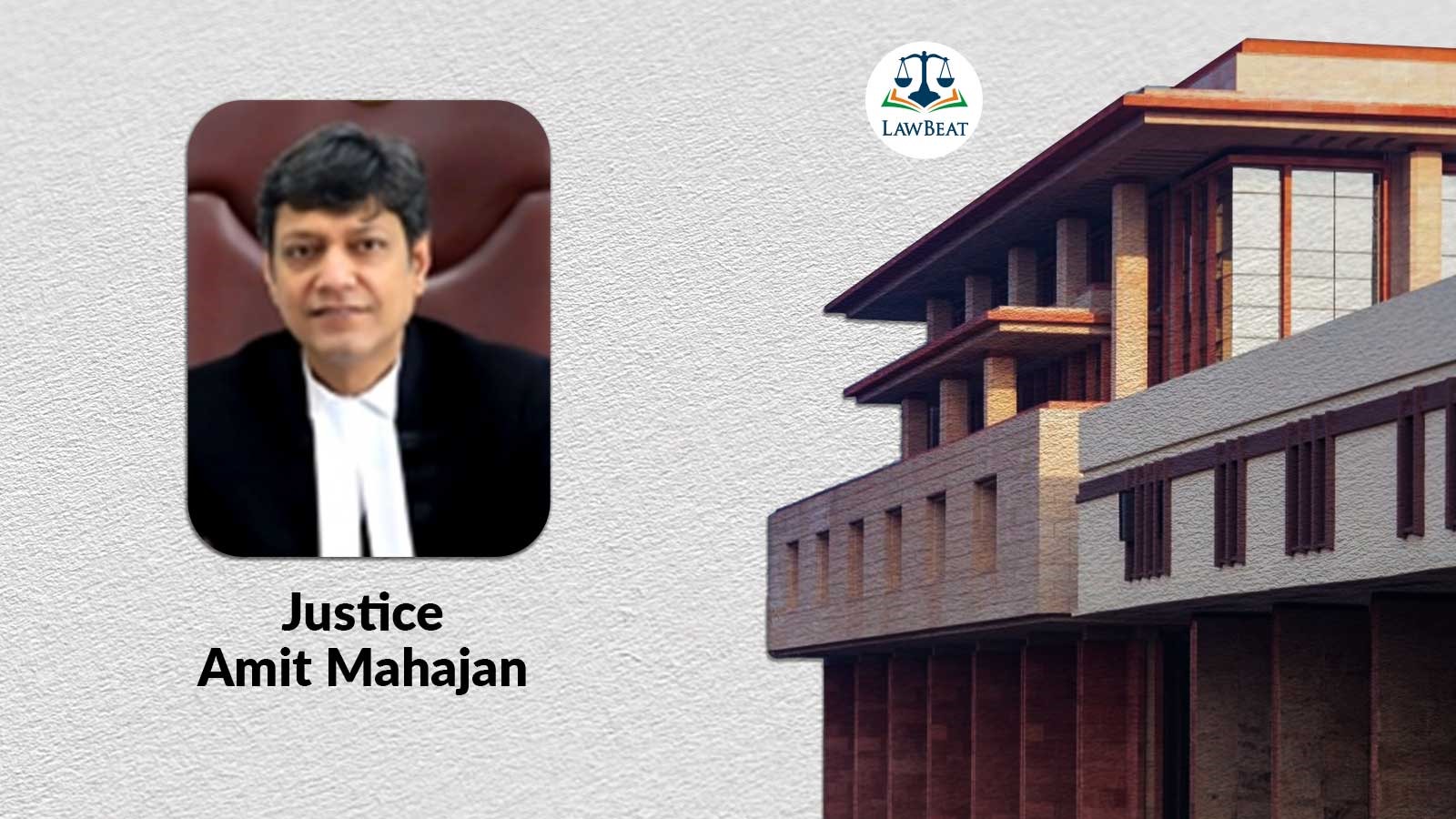Objective of Jail is Neither Punitive nor Preventive, but to Secure Appearance of Accused During Trial: Delhi HC

Court highlighted that keeping the accused in custody for the entire trial, especially when it may be lengthy, would be unjust
The Delhi High Court recently said that the objective of jail is neither punitive nor preventive but rather to secure the appearance of accused during the trial. Court observed so while allowing a bail application in a 2021 murder case.
The bench of Justice Amit Mahajan said, “The object of Jail is to secure the appearance of the accused during the trial. The object is neither punitive nor preventive and the deprivation of liberty has been considered as a punishment. The applicant cannot be made to spend the entire period of trial in custody specially when the trial is likely to take considerable time”.
An application was filed seeking bail for offences under the Indian Penal Code, 1860 (IPC) Sections 302 and 34 and Arms Act, 1959 (Act) Sections 25 and 27. The applicant was arrested after an incident where the victim was shot and stabbed. Advocate Pardeep Khatri representing the applicant argued that he had been falsely implicated, citing inconsistencies in the victim's statements and lack of evidence connecting the applicant to the crime. He contested the timing of the victim's accusation and questioned the reliability of the victim's father's statement.
Additionally, he noted discrepancies in the evidence, including the absence of DNA on the recovered knife. Additional Public Prosecutor Utkarsh appearing for the State opposed bail, citing the applicant’s unsatisfactory conduct and alleged role in the crime, supported by statements from both the victim and another accused.
Court noted that the CCTV footage reportedly showing the applicant stabbing the victim was initially misplaced but later found and examined, revealing only three assailants involved in the incident, with the applicant not visible. Additionally, the bench noted that the victim's father's identification of the applicant at the crime scene was based on information provided by the victim at the hospital. The applicant's arrest, despite not being named in the FIR, was purportedly based on an informal statement by the deceased, yet this assertion lacked substantiation, court opined.
The court observed that the case invoked guiding principles from the Supreme Court's judgment in the case of Ram Govind Upadhyay v Sudarshan Singh And Others (2002) 3 SCC 598.
The bench underscored that the key evidence against the applicant, namely the CCTV footage, did not conclusively support the prosecution's case, raising doubts about the applicant's presence at the crime scene. While the victim's statement under Section 161 of the Criminal Procedure Code, 1973 (CrPC) implicated the applicant, it was recorded two days after the incident and prior to the victim's death, which occurred five days later. Court reiterated that a dying declaration was admissible even if the victim didn't pass away immediately after its recording.
However, the admissibility of such a declaration by police personnel hinges on the prosecution explaining the unavailability of a doctor or magistrate to record the statement. Whether this requirement was met in this case will be determined during trial as it involves factual scrutiny, court held.
Furthermore, court highlighted that the applicant was not accused of delivering any fatal blow to the victim. Additionally, the deceased's father had already testified, and the trial was expected to be protracted.
Therefore, given that the chargesheet had been submitted, the court opined that further detention of the applicant would serve no purpose.
Further, court held that the concerns about the applicant interfering with the trial or engaging in additional criminal activities could be addressed by imposing suitable conditions.
Accordingly, court granted bail to the applicant.
Case Title: Mohit @ Paddu v The State (Govt. Of NCT Of Delhi)
